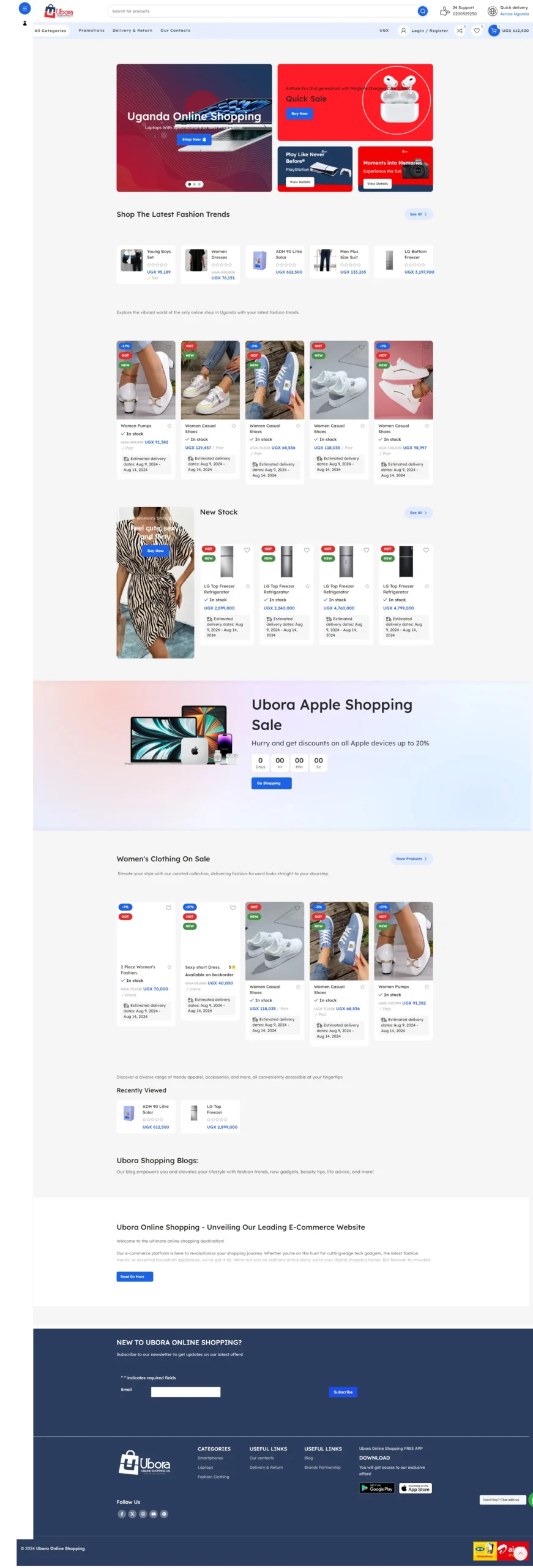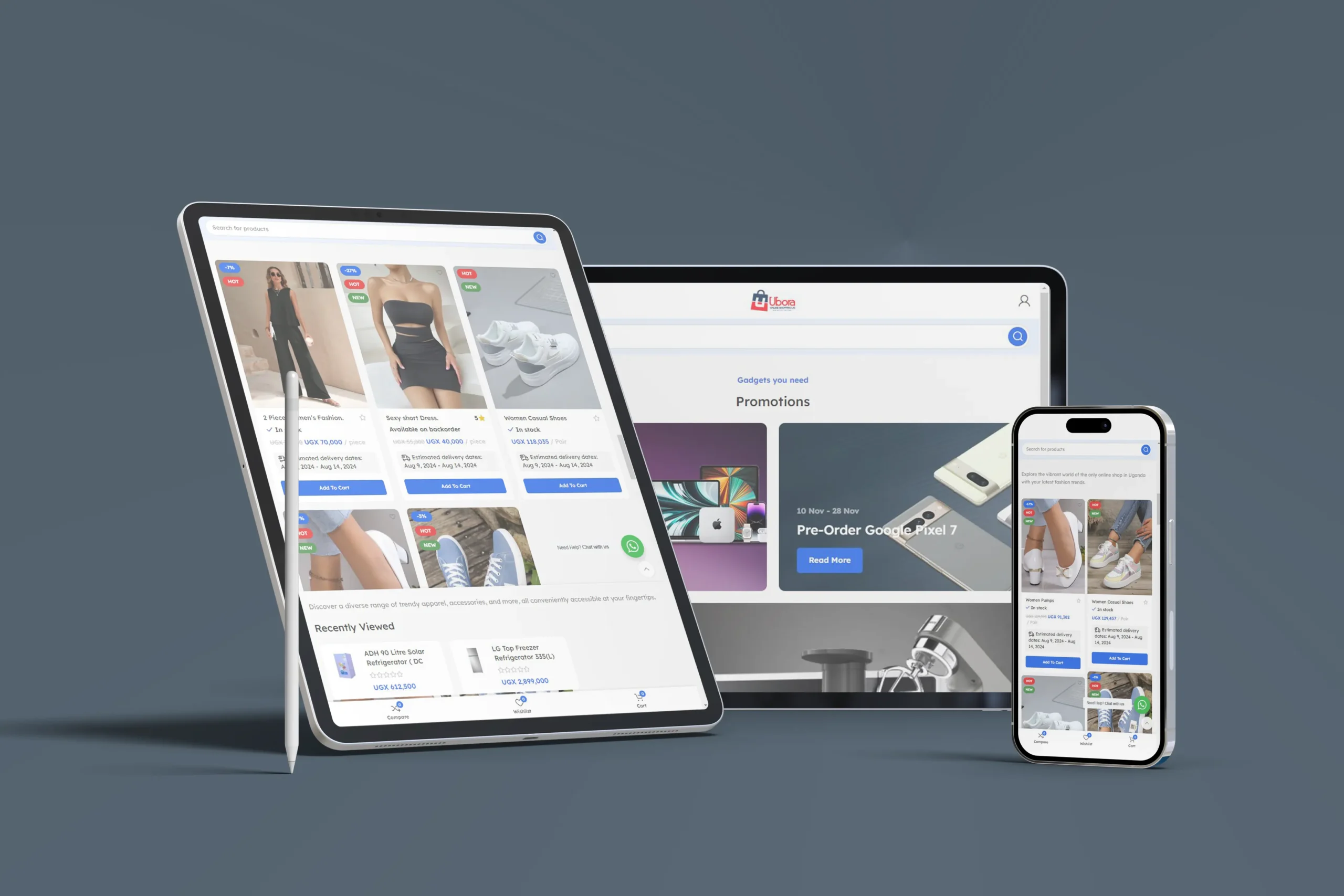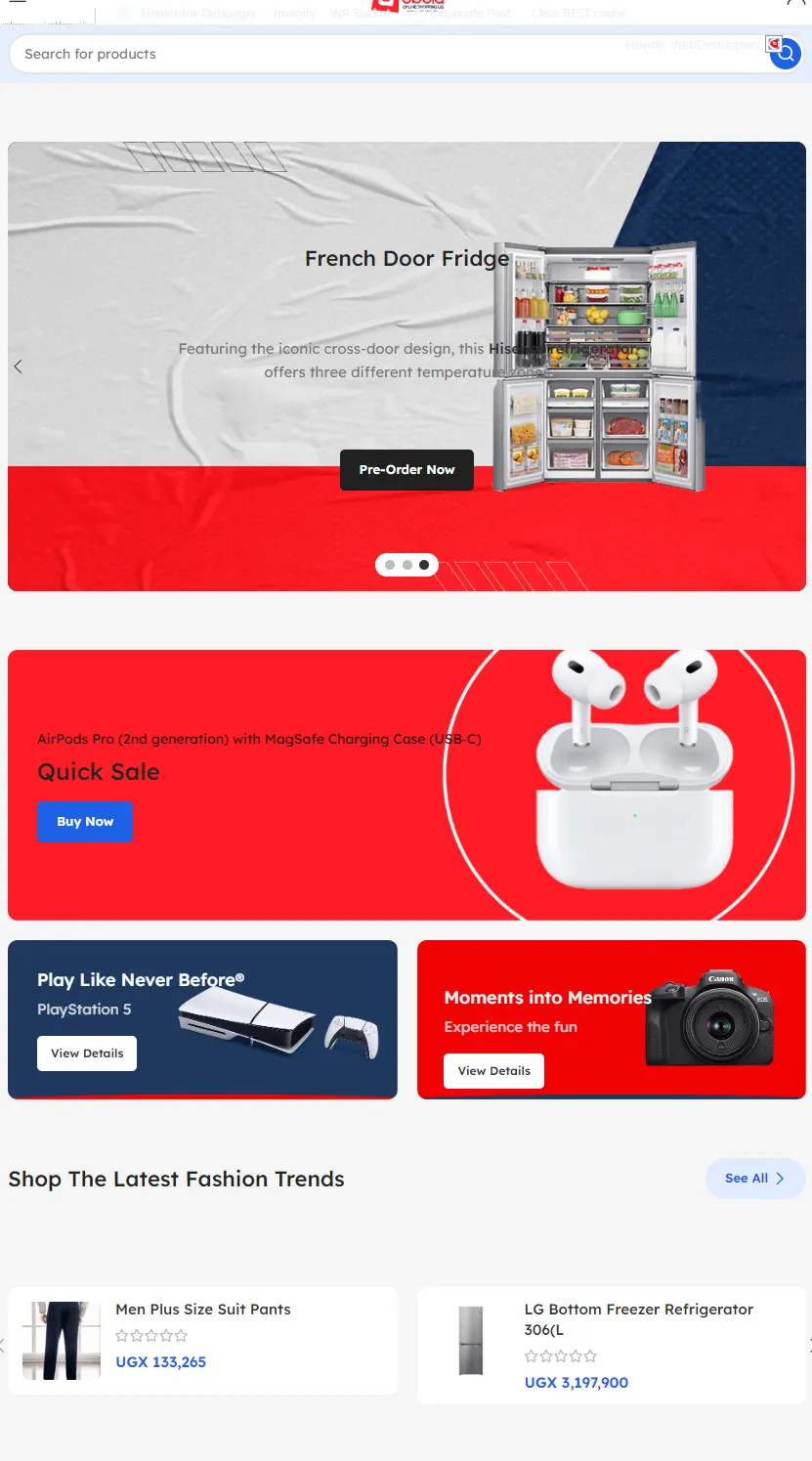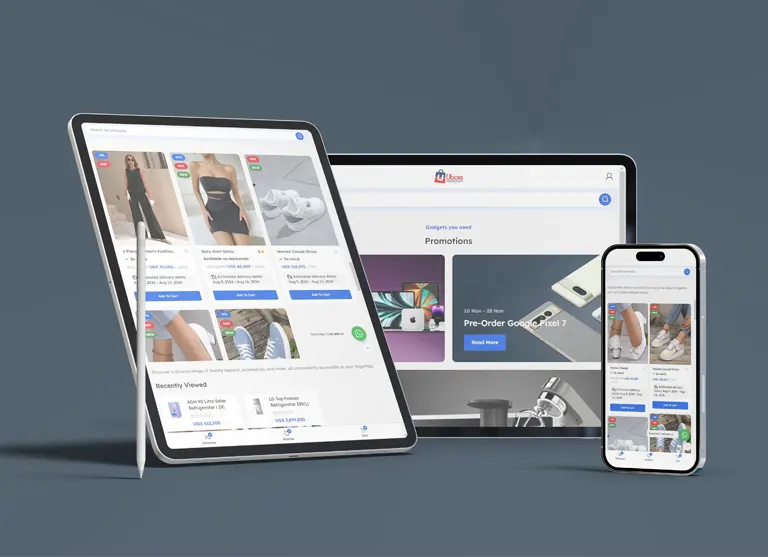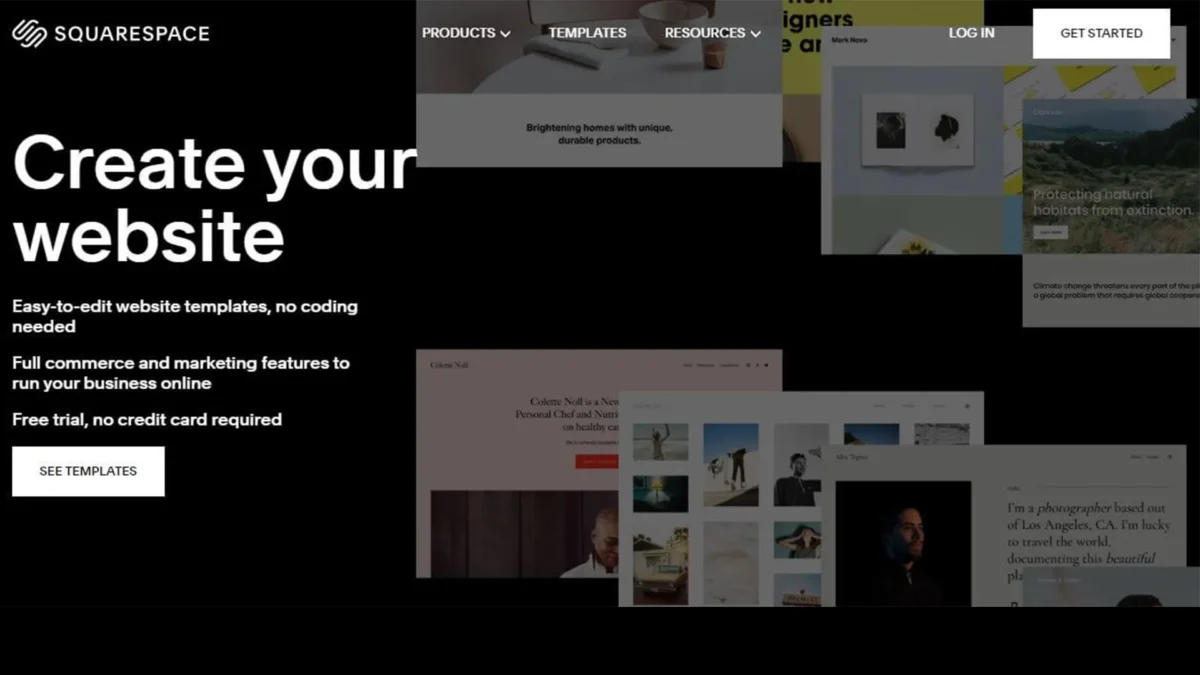
Air Cargo Logistics Web Design: Jet Fresh Uganda🚀
April 21, 2024"*" indicates required fields
Welcome to Trophy Developers Uganda, your go-to destination for cutting-edge eCommerce solutions and digital marketing strategies. We specialize in crafting bespoke web and mobile applications tailored to meet the unique needs of businesses in Uganda and beyond.
Unlocking the Power of eCommerce Web Development
Unlocking the Power of eCommerce: Boost Sales and Expand Your Reach with Multivendor Marketplace Websites and Mobile Applications
In today's fast-paced digital landscape, eCommerce has become the driving force behind the success of countless businesses. Entrepreneurs are turning to the power of multivendor marketplace websites and mobile applications to stay competitive and maximize sales.
Discover the tools and strategies that can help you skyrocket your sales, reach wider audiences, and take your business to new heights in the competitive online marketplace.
Multivendor marketplace platforms offer numerous advantages for both businesses and customers. Firstly, these platforms provide a wide range of products and services from various sellers, giving customers a one-stop-shop experience. Customers no longer need to visit multiple websites or physical stores to find what they need, saving them time and effort.
Multivendor marketplace platforms
Secondly, multivendor marketplace platforms allow businesses to benefit from the network effect. By bringing together multiple sellers, these platforms attract a larger customer base, increasing the chances of sales for each seller. Moreover, customers are more likely to discover new products and sellers, leading to increased sales opportunities.
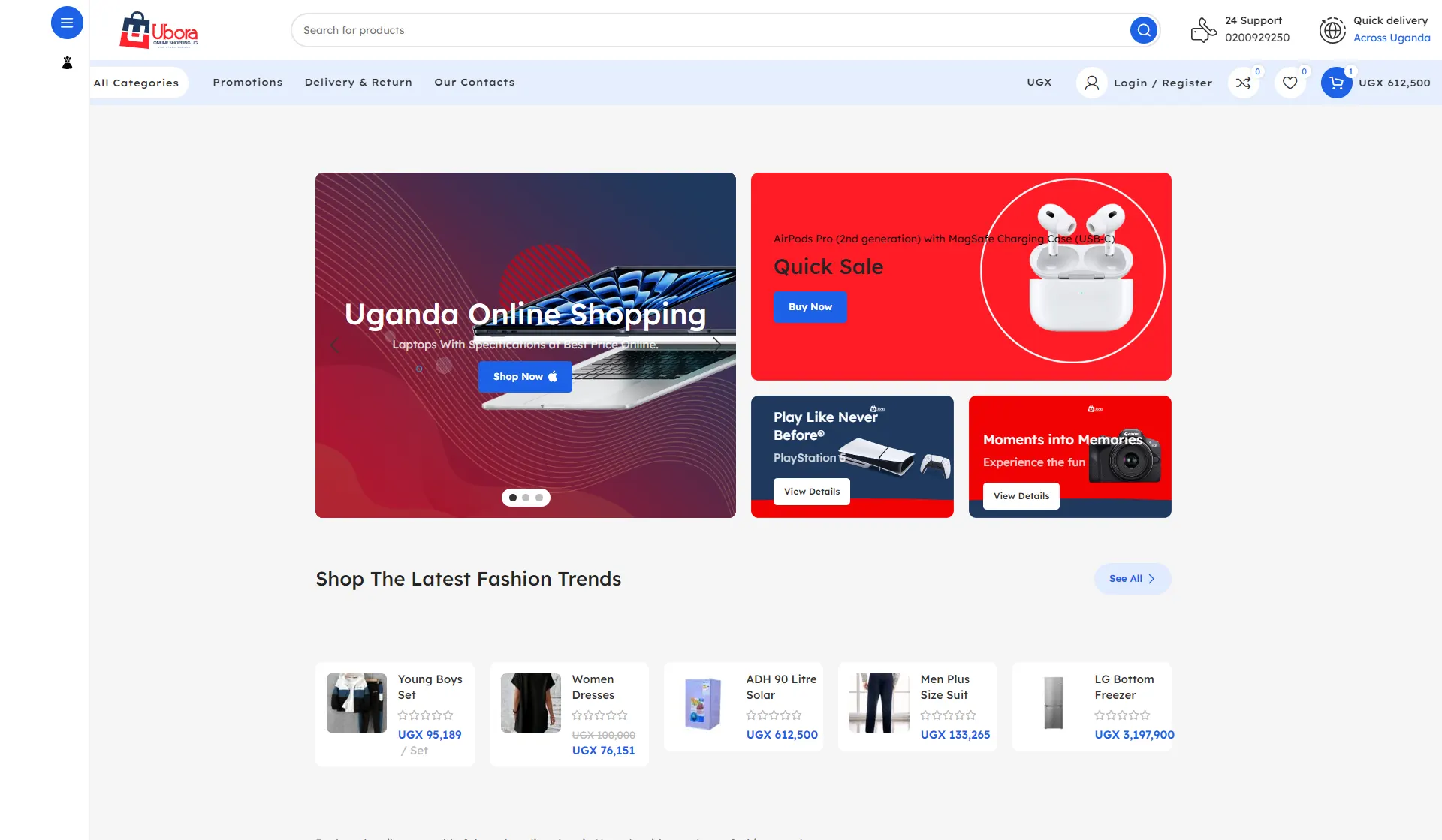
Thirdly, using a multivendor marketplace platform can significantly reduce the costs and complexities of setting up and maintaining an eCommerce website. Sellers can focus on their core business and rely on the platform to handle technical aspects such as website design, hosting, and security.
This makes it easier for small businesses or individuals to enter the eCommerce space without a substantial upfront investment.
Key features of successful multivendor marketplace websites and mobile applications
To ensure the success of a multivendor marketplace website or mobile application, certain key features are essential. These features contribute to a seamless shopping experience for customers and provide a robust platform for sellers.
- User-friendly interface: A successful multivendor marketplace should have an intuitive and user-friendly interface that is easy to navigate. Customers should be able to find products quickly, filter search results based on their preferences, and have a smooth checkout process. Similarly, sellers should have a user-friendly dashboard to manage their products, inventory, and orders effectively.
- Product management: The platform should offer comprehensive product management features, allowing sellers to easily add, edit, and remove products from their inventory. Additionally, features like product categorization, attributes, and variations help customers find exactly what they are looking for.
- Rating and reviews: Incorporating a rating and review system into the platform allows customers to provide feedback on their buying experience and the quality of products. This builds trust and credibility, helping other customers make informed purchasing decisions.
- Payment and secure transactions: A secure and reliable payment gateway is crucial for any eCommerce platform. The multivendor marketplace should support multiple payment methods and ensure the security of customer information during transactions. Additionally, transparent commission and payout systems for sellers are essential.
- Order management and fulfillment: Efficient order management features, including order tracking, notifications, and easy communication between sellers and customers, are essential for a successful multivendor marketplace. Seamless integration with logistics providers and automated order fulfillment processes further enhance the customer experience.
- Mobile optimization: Given the increasing number of smartphone users, it is essential to have a mobile-optimized version of the multivendor marketplace. This ensures a seamless shopping experience for customers on their mobile devices and allows sellers to reach a wider audience.
By incorporating these key features into a multivendor marketplace website or mobile application, businesses can create a platform that attracts customers, engages sellers, and drives sales.
Choosing the right multivendor marketplace platform for your business
When it comes to choosing the right multivendor marketplace platform for your business, there are several factors to consider. Here are some key considerations to help you make an informed decision:
- Scalability: Ensure that the platform can handle the growth of your business. It should be able to accommodate an increasing number of sellers and products without compromising performance.
- Customization: Look for a platform that allows you to customize the design and layout to match your brand identity. This ensures a unique and personalized shopping experience for your customers.
- Integration capabilities: Consider the platform's ability to integrate with third-party tools and services such as payment gateways, logistics providers, and marketing automation tools. Seamless integration with these services can streamline your operations and enhance the customer experience.
- Support and documentation: Evaluate the level of support and documentation provided by the platform. Look for comprehensive documentation, tutorials, and a responsive support team that can assist you in case of any issues or questions.
- Cost and pricing model: Consider the pricing model of the platform, including any upfront costs, transaction fees, or ongoing subscription fees. Ensure that the platform's pricing aligns with your budget and revenue goals.
By carefully evaluating these factors, you can choose a multivendor marketplace platform that meets your business needs and helps you achieve your eCommerce goals.
Essential steps to setting up a multivendor marketplace website or mobile application
Setting up a multivendor marketplace website or mobile application requires careful planning and execution. Here are the essential steps to get started:
- Define your niche: Determine the specific niche or industry your multivendor marketplace will cater to. This will help you target the right audience and differentiate yourself from competitors.
- Choose a platform: Select a multivendor marketplace platform that aligns with your business requirements and budget. Consider factors such as scalability, customization options, and integration capabilities.
- Design and branding: Customize the design and branding of your marketplace to create a unique and visually appealing platform. Ensure that the design is consistent with your brand identity and provides a seamless user experience.
- Onboarding sellers: Develop an onboarding process for sellers, including registration, verification, and product listing guidelines. Provide clear instructions and resources to help sellers set up their profiles and manage their products effectively.
- Marketing and promotion: Develop a comprehensive marketing strategy to attract customers to your multivendor marketplace. Utilize various channels such as social media, email marketing, and influencer partnerships to create awareness and drive traffic.
- Ensure customer support: Establish a robust customer support system to address any queries, concerns, or issues raised by customers. Prompt and helpful customer support can significantly enhance customer satisfaction and loyalty.
- Continuous improvement: Regularly monitor and analyze the performance of your multivendor marketplace. Collect feedback from sellers and customers to identify areas for improvement and implement necessary changes to enhance the overall experience.
By following these essential steps, you can successfully set up a multivendor marketplace website or mobile application that attracts sellers, engages customers, and drives sales.
Best practices for marketing and promoting your multivendor marketplace platform
Marketing and promoting your multivendor marketplace platform is crucial to attract customers and drive sales. Here are some best practices to consider:
- Build a strong brand: Develop a strong brand identity for your multivendor marketplace platform. Create a compelling brand story and visually appealing branding materials that resonate with your target audience.
- Utilize social media: Leverage the power of social media to promote your platform and engage with potential customers. Identify the social media channels where your target audience is most active and create engaging content to attract their attention.
- Content marketing: Develop a content marketing strategy to provide valuable information and resources related to your niche. Create blog posts, articles, and videos that showcase the products available on your platform and provide useful tips and advice to customers.
- Influencer partnerships: Collaborate with influencers or experts in your niche to promote your multivendor marketplace platform. Their endorsement can significantly increase brand visibility and attract a wider audience.
- Email marketing: Build an email list of customers and regularly communicate with them through newsletters, promotions, and personalized recommendations. Email marketing is a powerful tool to nurture customer relationships and drive repeat purchases.
- Referral programs: Implement a referral program that incentivizes customers to refer their friends and family to your multivendor marketplace. Offering discounts or rewards for successful referrals can help you expand your customer base rapidly.
- Optimize for search engines: Implement search engine optimization (SEO) strategies to improve your platform's visibility on search engine results pages. Conduct keyword research, optimize product descriptions, and build high-quality backlinks to drive organic traffic to your platform.
By implementing these best practices, you can effectively market and promote your multivendor marketplace platform, attracting a larger customer base and driving sales.
Delivering a seamless user experience and ensuring customer satisfaction is crucial for the success of a multivendor marketplace platform. Here are some strategies to optimize the user experience and enhance customer satisfaction:
- Simplified navigation: Design an intuitive and user-friendly interface that enables customers to navigate the platform easily. Implement clear menus, search functionality, and filters to help customers find products quickly.
- Clear product information: Provide detailed and accurate product information, including images, descriptions, specifications, and customer reviews. This helps customers make informed purchasing decisions and reduces the likelihood of returns or dissatisfaction.
- Responsive customer support: Offer responsive and helpful customer support through various channels such as live chat, email, or phone. Address customer queries and concerns promptly to ensure a positive buying experience.
- Personalization: Implement personalization features that tailor the shopping experience to individual customers. This can include personalized product recommendations, targeted promotions, and customized search results based on customer preferences.
- Streamlined checkout process: Optimize the checkout process to minimize friction and ensure a smooth transaction. Implement features such as guest checkout, multiple payment options, and saved payment information for returning customers.
- Customer feedback and reviews: Encourage customers to provide feedback and reviews on their buying experience and the quality of products. Use this feedback to identify areas for improvement and address any issues promptly.
- Order tracking and notifications: Provide customers with real-time order tracking and notifications to keep them informed about the status of their purchases. This builds trust and transparency in the buying process.
By focusing on optimizing the user experience and prioritizing customer satisfaction, you can create a multivendor marketplace platform that keeps customers coming back and fosters long-term relationships.
Handling logistics and delivery in a multivendor marketplace setup
Efficient logistics and delivery management are essential for the smooth operation of a multivendor marketplace setup. Here are some strategies to handle logistics effectively:
- Integration with logistics providers: Partner with reliable logistics providers and integrate their services into your platform. This allows sellers to easily manage shipping and delivery, track orders, and provide customers with accurate shipping information.
- Standardized shipping policies: Establish standardized shipping policies that sellers must adhere to. This ensures consistency and clarity for customers and reduces confusion or delays in the shipping process.
- Automated shipping calculations: Implement automated shipping calculations based on factors such as product weight, dimensions, and destination. This simplifies the shipping process for sellers and provides accurate shipping costs for customers.
- Order consolidation: If multiple products from different sellers are included in a single order, consider implementing order consolidation to reduce shipping costs and improve efficiency. This can be particularly beneficial for customers who purchase products from multiple sellers.
- Return and exchange management: Develop a clear and efficient return and exchange management process. Provide guidelines for sellers to handle returns, issue refunds, or exchange products, ensuring a positive customer experience in case of any issues.
- Delivery Tracking: Implement a robust delivery tracking system that allows customers to track their orders in real-time. Provide tracking numbers and notifications to keep customers informed about the progress of their deliveries.
By implementing these logistics and delivery management strategies, you can streamline the shipping process, reduce costs, and ensure timely and reliable delivery for your multivendor marketplace platform.
Managing payments and ensuring secure transactions in a multivendor marketplace
Managing payments and ensuring secure transactions is of utmost importance in a multivendor marketplace environment. Here are some strategies to manage payments effectively:
- Secure payment gateway: Integrate a secure and reliable payment gateway into your platform to ensure secure transactions. Choose a payment gateway that supports various payment methods and provides robust security features to protect customer information.
- Transparent commission structure: Establish a transparent commission structure for sellers. Communicate the commission rates and payout processes to sellers, ensuring fair and consistent transactions.
- Escrow system: Consider implementing an escrow system for transactions, especially for high-value purchases. This helps build trust between buyers and sellers by holding funds until the transaction is completed satisfactorily.
- Fraud prevention measures: Implement fraud prevention measures such as address verification, card security codes, and transaction monitoring tools. This helps protect against fraudulent activities and ensures secure transactions for both buyers and sellers.
- Automated payouts: Streamline the payout process for sellers by implementing automated payout systems. This ensures timely and accurate payouts, reducing administrative burdens and increasing seller satisfaction.
- Secure customer data: Ensure the security of customer data by implementing robust data protection measures. Comply with data protection regulations and utilize encryption technologies to safeguard sensitive customer information.
By effectively managing payments and ensuring secure transactions, you can build trust with customers and sellers, fostering a secure and reliable environment for conducting business in your multivendor marketplace.
Conclusion: The future of multivendor marketplace websites and mobile applications
Multivendor marketplace websites and mobile applications have revolutionized the eCommerce landscape, providing businesses with powerful tools to boost sales and expand their reach. By bringing together multiple sellers and products in one convenient platform, these marketplaces offer a wide range of products for customers and increase the visibility of sellers.
With the integration of mobile applications, businesses can tap into the growing number of smartphone users and provide a seamless shopping experience on the go. This opens up new opportunities to engage with customers, drive sales, and strengthen brand
Explore our web design portfolio and discover how we transform ideas into impactful digital experiences.
Why choose Trophy Developers now?
Trusted by 1000+ businesses like yours
We are Uganda's Best Web designers: Trophy Developers.
We empower over 560 businesses in Uganda: Read recommendations and also review us!

